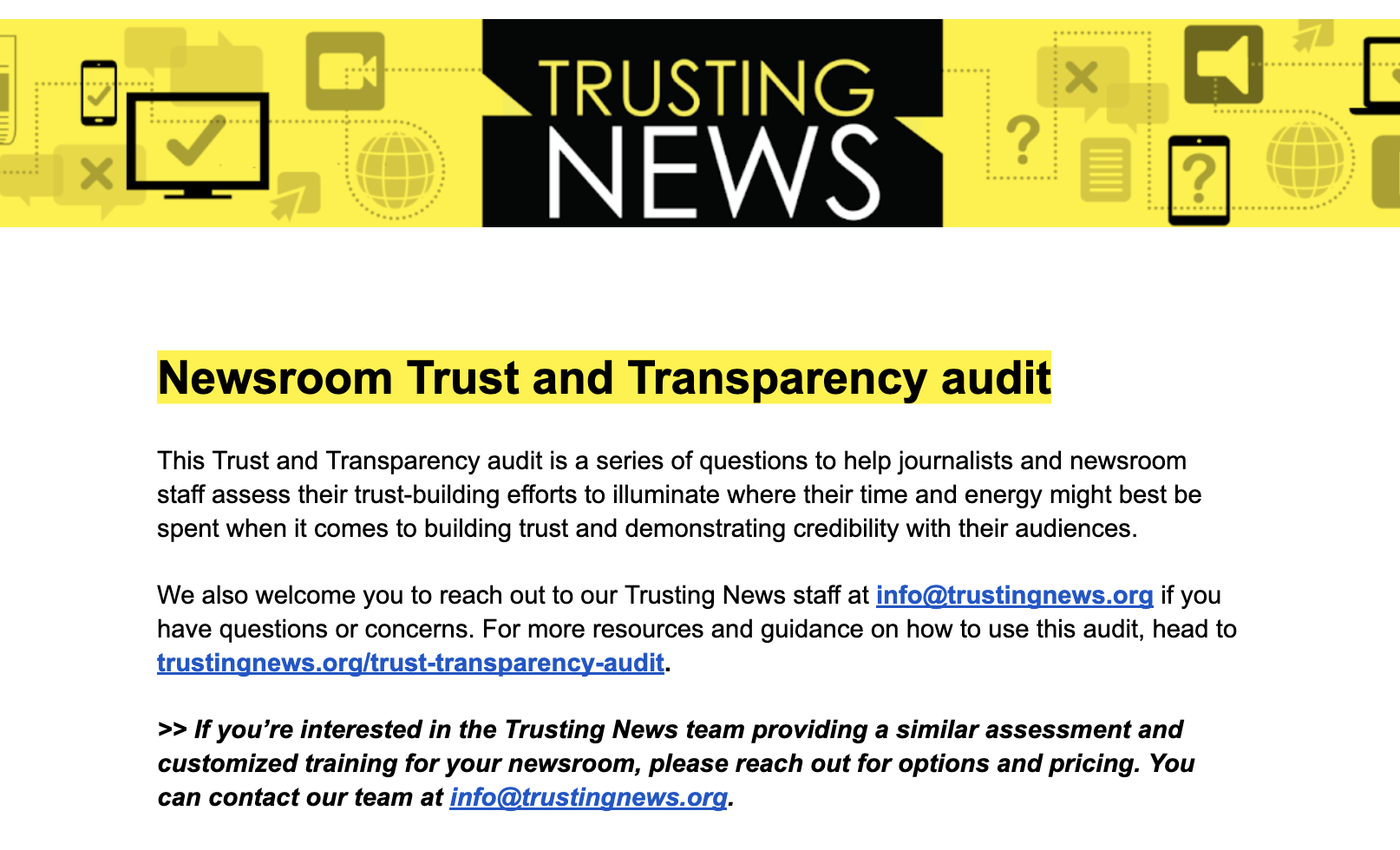 19 Aug. 2023 (Bing) – There are different ways to enter news stories into a blockchain, depending on the purpose and the design of the system. Here are some possible methods:
19 Aug. 2023 (Bing) – There are different ways to enter news stories into a blockchain, depending on the purpose and the design of the system. Here are some possible methods:
- Using a decentralized application (DApp): A DApp is a software application that runs on a distributed network of computers, such as Ethereum or EOS. A DApp can store news stories as smart contracts, which are self-executing agreements that live on the blockchain. A smart contract can contain the title, author, content, timestamp, and other metadata of a news story, as well as logic for verifying its authenticity and integrity. A DApp can also provide a user interface for creating, reading, updating, and deleting news stories on the blockchain. An example of a DApp that uses smart contracts to store news stories is Civil, a platform for independent journalism that aims to promote trust and accountability in the media industry (1).
- Using a tokenized system: A tokenized system is a way of using digital tokens to represent ownership or access rights to something of value, such as news stories. A token is a unit of value that can be transferred and exchanged on a blockchain. A tokenized system can use tokens to incentivize the creation and consumption of quality news stories, as well as to reward the participants who contribute to the network. For example, Steemit is a social media platform that uses tokens to reward users for creating and curating content, including news stories (2). Users can earn tokens by posting, commenting, and upvoting content, and they can spend tokens to boost their visibility or access premium features.
- Using a hash-based system: A hash-based system is a way of using cryptographic hashes to link news stories to a blockchain. A hash is a unique string of characters that is generated from an input data using a mathematical function. A hash-based system can use hashes to prove the existence and integrity of news stories without storing them on the blockchain. For example, Po.et is a platform that uses hashes to create verifiable timestamps and ownership claims for digital content, including news stories (3). Po.et allows users to generate hashes from their content and store them on the Bitcoin blockchain, creating an immutable record of when and by whom the content was created.
If you want to learn more about blockchain technology and its applications, you can check out these articles:
- [Looking To Get Into Blockchain? Here Are Four Ways To Get Involved] by Simon Yu
- [The Truth About Blockchain] by Marco Iansiti and Karim R. Lakhani
- [What’s Blockchain Actually Good for, Anyway? For Now, Not Much] by Sandra Upson
1. forbes.com. 2. forbes.com. 3. hbr.org.






